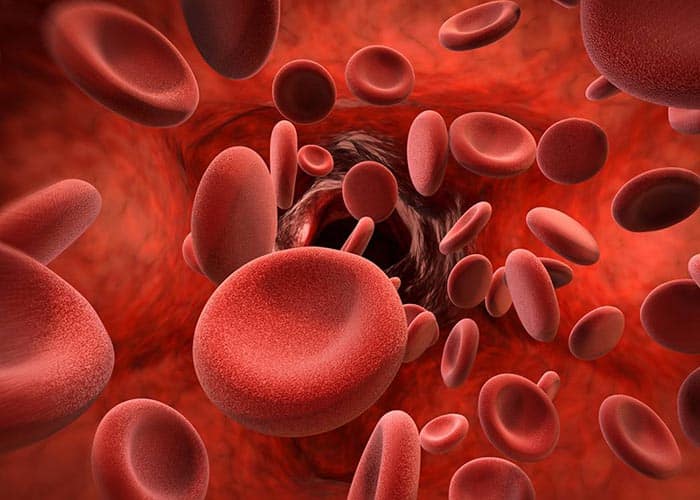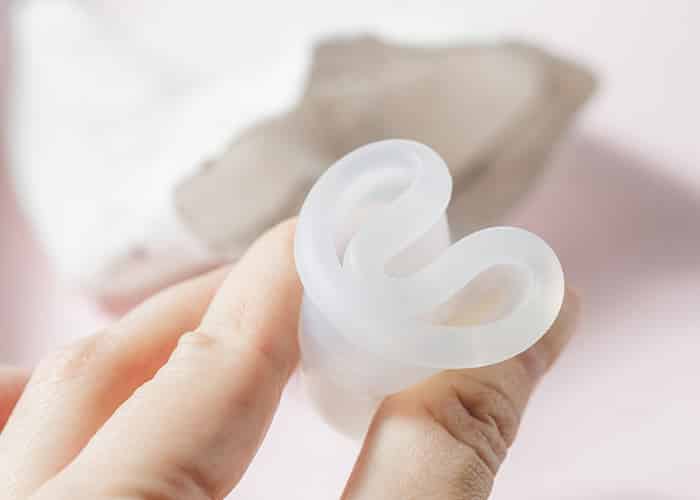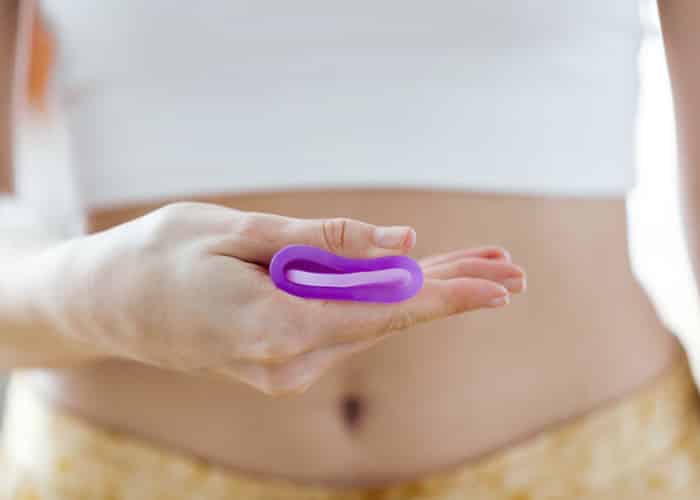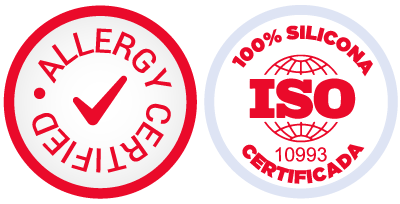Menstruation is a natural process that happens every month in all women of childbearing age since the beginning of history as we know it. Despite all this, it’s one of the least treated objects of study. It may sound like a basic science question: What does my menstrual blood contain? The truth is that there’s still much research to be done in order to answer this question concretely.
This could have multifactorial roots: the percentage of female scientists is much lower than the number of men in science; the taboo of menstruation and the consequent disgust that many people might have, could be some of the reasons for this small inquiry concerning the process.
We’ve always been taught that menstrual blood is to be discarded and not touched, much less thought about making something more out of it.
However, since the rise of women’s empowerment and the demands of gender equality, new practices (and even beauty rituals) have emerged that involve the menstrual flow.
And some investigations have been able to find some components of menstrual blood, as well as a treasure to embraces: stem cells.
So what components does menstrual blood have?
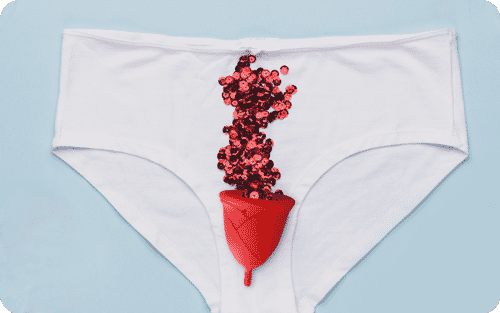
In addition, menstruation contains water, proteins, lipids and some types of hormones such as progesterone which is one of the main female hormones.
Residues of pollutants that come from intimate hygiene products, such as parabens and benzophenone, have also been observed during menstruation. These are present in pads, tampons, vaginal douches, and certain foods and cosmetic products.
In fact, you can check the latter by looking at the labels on many of your cosmetic products. Parabens have their purpose: they protect the body from adversely reacting to UV rays and are also used as preservatives. However, they have been shown to have adverse effects on health.
Lastly, and even more importantly, an important type of stem cell was found in menstrual blood, similar to those found in the bone marrow and umbilical cords.
If you want to know a little more, read our article on Stem cells of menstrual blood and its many benefits.
Using the menstrual cup has not only benefited a huge number of users who have left pads and tampons behind, but it has also encouraged the study and self-knowledge of menstruation.
The cup allows us to know ourselves better by tracking our menstrual flow and color, which are very good indicators of our health.
Menstruation for fertilizing plants: a practical and spiritual ritual

These same elements make up human blood, and therefore, menstrual blood. For this reason, many women use what they collect with their menstrual cup to nourish their plants.
Also, menstruation has a morespiritual sense for many. A ritual inspired by ancestral traditions known as “sow the moon”, considers using and returning menstrual blood to the earth is a symbol of fertility.
It’s a ritual of gratitude, self-healing, and forgiveness, in which women not only fertilize the plants with their menstrual blood but use it to paint their bodies.
Part of the reasons is to demarcate taboos surrounding menstruation, use their properties, and give back to Mother Earth through fertilization. It is a centuries-old tradition, practiced by Native Americans and nowadays by women seeking female empowerment and self-knowledge.
Freezing menstrual stem cells
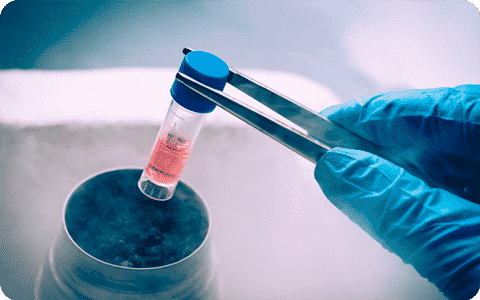
Cryocell claims that menstrual blood has been considered to be a residual waste of our time. However, recent research shows that menstrual flow contains self-renewingstem cells that can easily be harvested using menstrual cups, processed and cryopreserved (stored frozen at very low temperatures) for possible therapies that may arise in the future. These menstrual stem cells are unique because they have many properties and characteristics similar to those of bone marrow and embryonic stem cells, which multiply rapidly and can differentiate into other types of stem cells, such as nerve, heart, bone, fat, cartilage. and possibly others, showing great future promise in the clinical use of regenerative medical therapies.
For this reason, you can currently find many laboratories that help freeze the stem cells from menstrual blood. A fundamental part of the elaboration of this cryogenic technique is the collection of blood with the help of the menstrual cup.
These cells could help cure diseases such as cancer, severe skin burns, Alzheimer’s and Parkinson’s.
Facial and hair masks: are they recommended?
Some women use their menstrual blood to nourish their hair and skin. They claim that it’s highly effective and brings shine and strength to your hair, leaving it much silkier. According to them, facial masks “provide healing and regenerative properties” that prevent wrinkles.
However, although we’ve talked about the fact that our menstrual blood has various beneficial chemical components, care must be taken in employment and body use.
Furthermore, to take advantage of the benefits of stem cells, it’s not enough to smear the blood on our face or hair. It takes a series of chemical processes and laboratory centrifugation to obtain them.
Remember that menstrual blood could be contaminated: if you use pads, tampons and douching, it may contain harmful chemical agents. Even vaginal infections such as candidiasis could affect your skin and cause damage.
It’s always important to be sure that the beauty techniques and methods we use, no matter how spiritual or ideological they may be, are proven safe and effective.
As it’s a field of study still poorly addressed, let’s not risk safety for what has not yet been approved.
Finally, one study claims that external contaminants in cosmetic products could be related to the causes of endometriosis.
